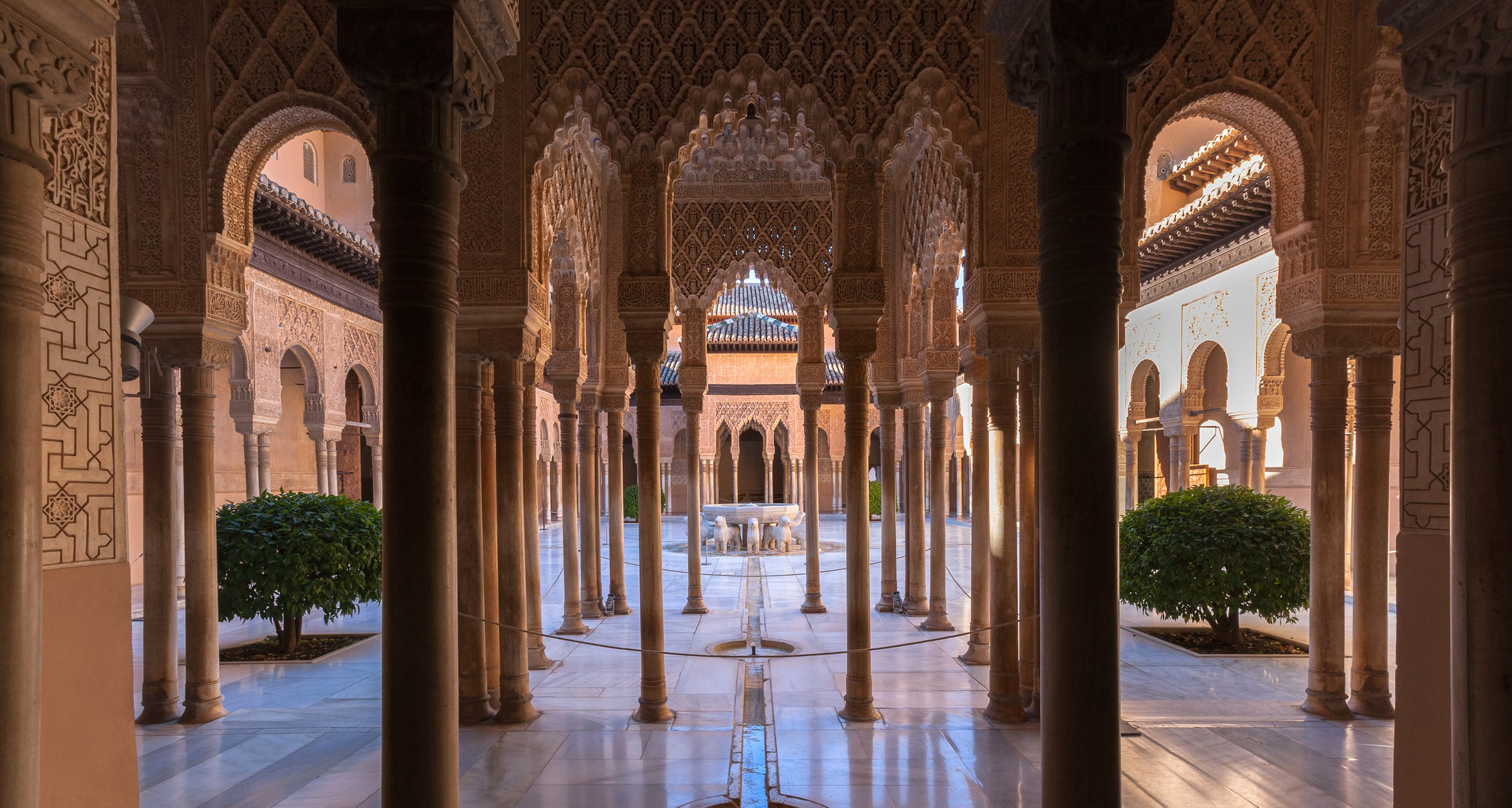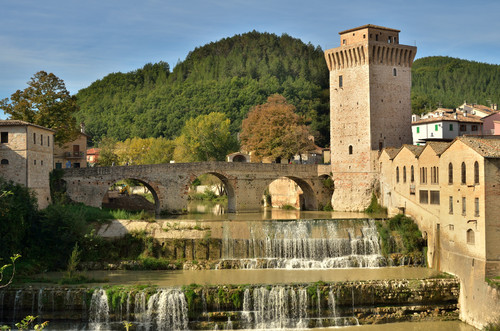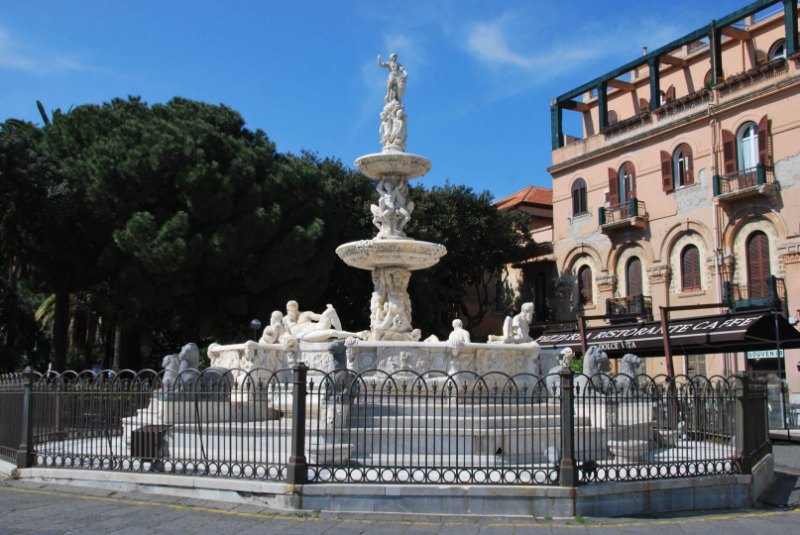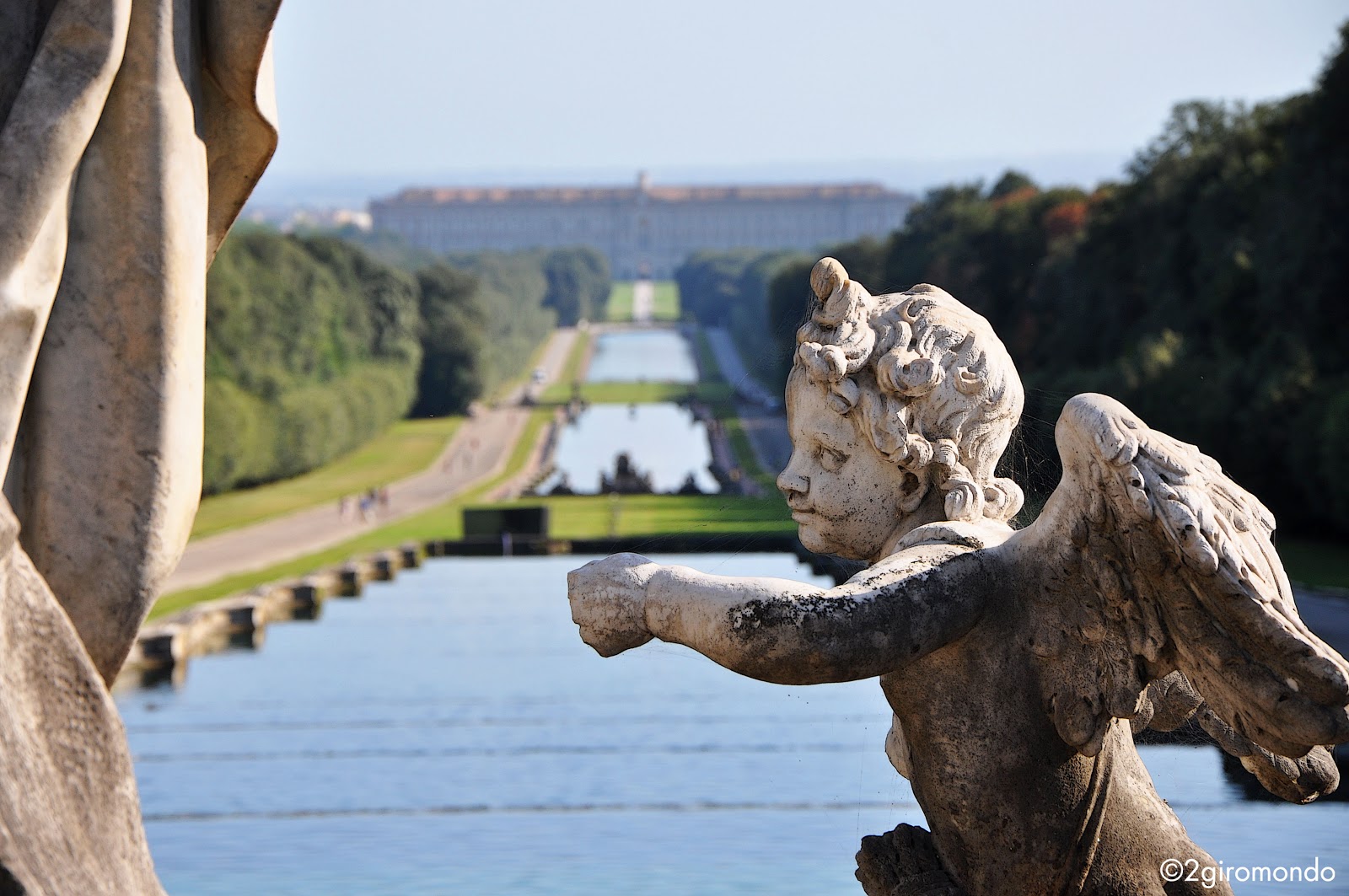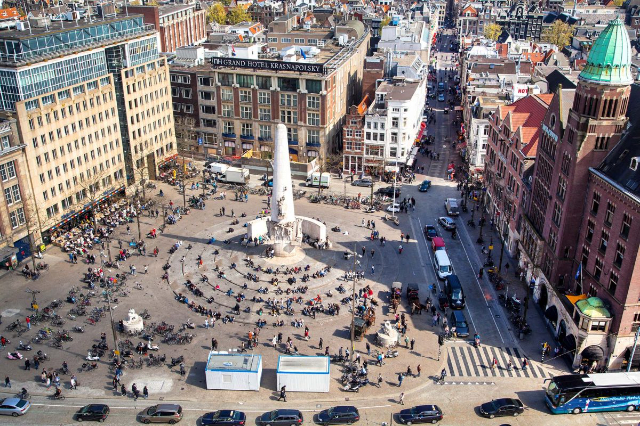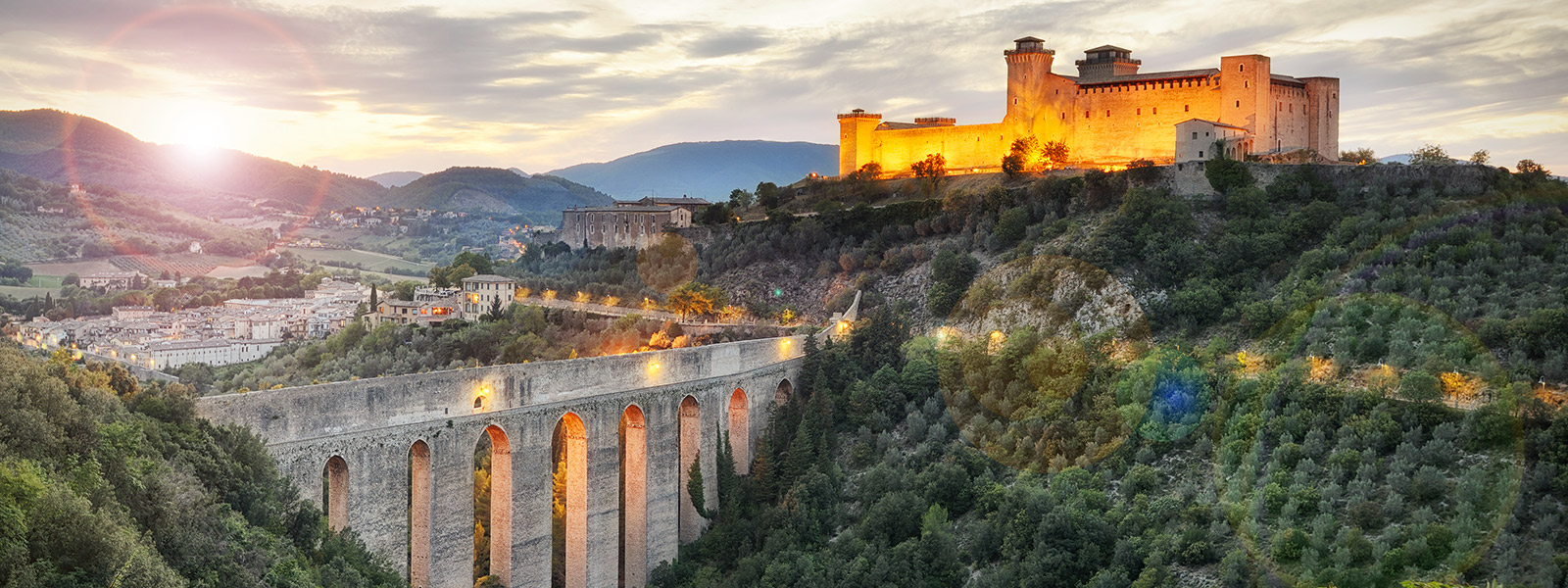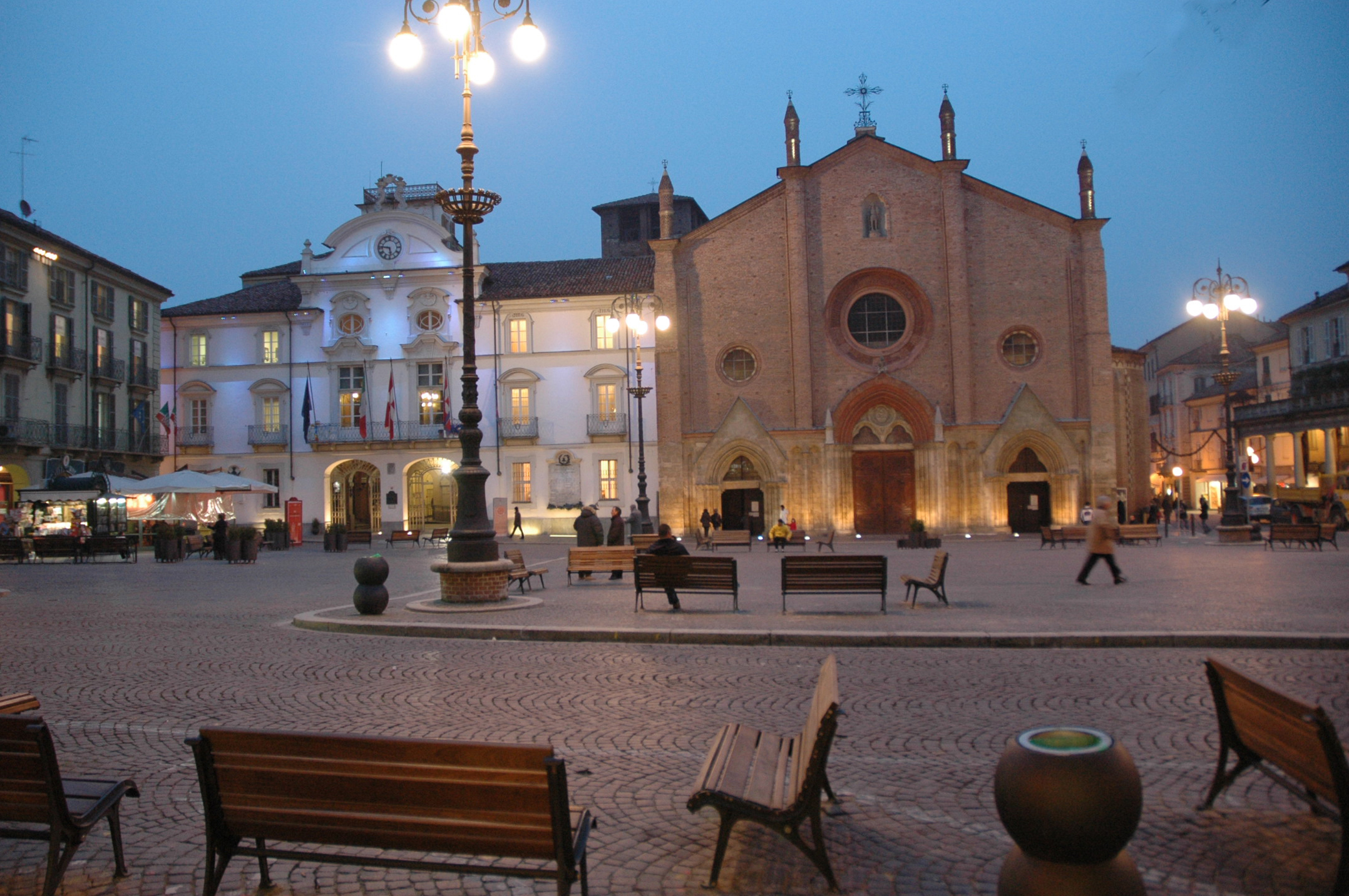The Palace of the Lions was the architectural pinnacle of the Alhambra. Its celebrated fountain was a symbol of its decorative richness and an example of the complex water system.
In addition to its symbolic function the fountain also had a practical purpose. The complex water system allowed the water to flow out in the form of a shallow surface. The central cylindrical unit of the fountain basin allowed the water to flow in and out thus preventing it from spilling out of the fountain.
On a small scale, the Fountain of the Lions represents the entire technical concept behind the creation of the Alhambra, a structural conception rooted in human and constructive experiences developed creatively over many centuries.
Muhammad V was responsible for the construction of the beautiful palace during his second mandate, between 1362 and 1391, his first mandate having only lasted five years. During his mandate the Nasrid Sultanate reached its pinnacle: the Palace of the Lions was a synthesis of the finest Moorish artistic styles developed over the years.
The architectural pattern of the Palace of the Lions was similar to that of the Palace of Comares, although with the traditional design of the Spanish-Moorish houses, i.e. a central open air courtyard as the centre of family life was flanked by a number of polyvalent rooms consisting of a ground floor and at least one upper floor or loft.
The Court had a cross ground floor design with a central fountain, following the same pattern as other earlier and later constructions used in Muslin Spain and elsewhere. The proportional and visual perfection of the surrounding arched gallery supported by columns converted this Court into one of the most celebrated and admired of architectural structures.
